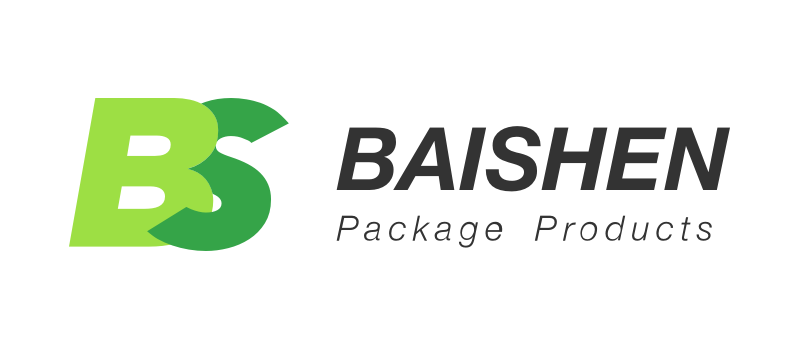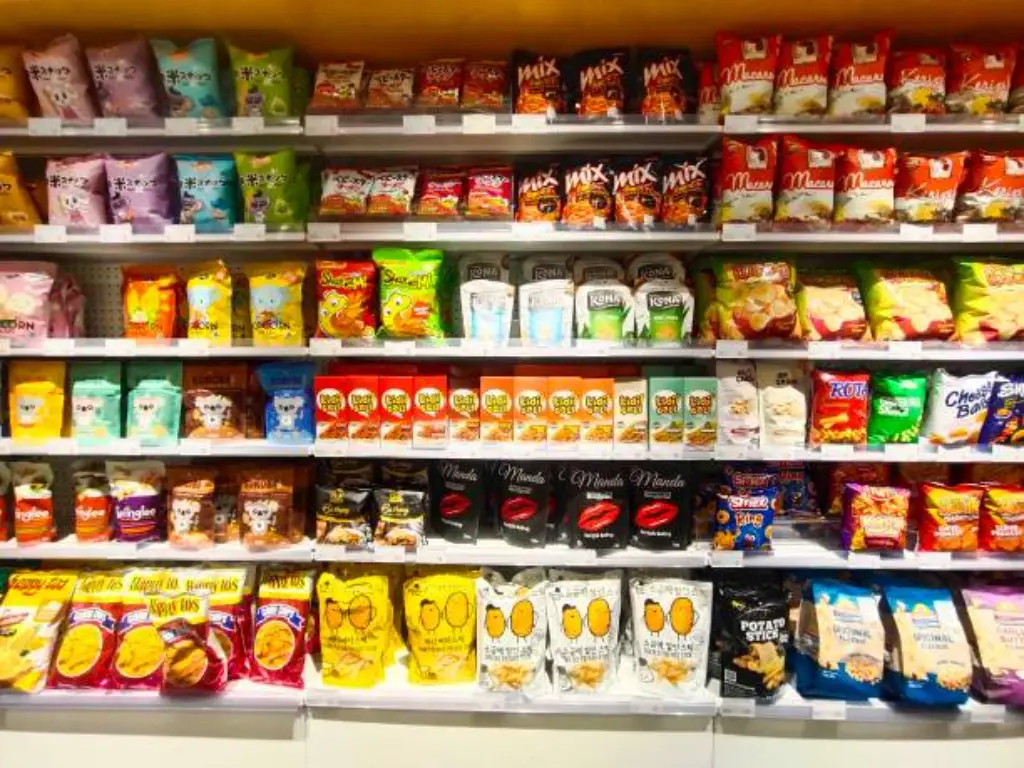Introduction
The food packaging market continues to thrive due to new consumer trends and innovations in technology. Grand View Research states that in 2024, the industry was worth nearly USD 400 billion, and forecasts USD 562 billion in 2030, achieving a 5.9% compound annual growth rate.
This growth is due to several reasons:
- ● Urbanization and Changing Lifestyles: The demand for novel packaging solutions is propelled by rapid urbanization, and with the busy lifestyle, the a need for convenient, ready-to-eat, and on-the-go food options.
- ● E-commerce and Food Delivery Growth: The need for robust and temperature-sensitive packaging for groceries is driven by the expansion of online grocery shopping and food supplement delivery.
- ● Sustainability and Regulatory Pressures: Due to the growing need for environmentally friendly packaging driven by regulations, businesses are making changes to the design and the materials used for food packaging.
For any business in this industry, the role of packaging in food packaging goes beyond compliance and protection. This guide aims to address the most important factors in food packaging and assist businesses in this innovative area.
What is Food Packaging? Definition and Basic Concepts
Interest in food packaging has developed into an independent and integral combination of science, technology, and art, necessitating the development of new and creative ways to conserve food, to make it attractive, and to appeal to the consumer. The main goal of food packaging is to ensure the food product is protected against external adverse physical, chemical (e.g., oxygen), and biological (e.g., microorganisms) factors during the entire supply chain.
It is a legal requirement to ensure that the food items’ safety is not compromised and the food’s quality is protected. Since packaging is the first point of contact between food and customers, it is essential that packaging fosters customers’ and regulators’ confidence in safety. Also, packaging remarkably affects and is used in the management of food inventory, transportation, and presentation at commercial displays.
All in all, food packaging is not merely a protective covering but also an essential part of the food value system in terms of product safety and quality, as well as the psychological and experiential aspects of the consumer.
The Key Functions of Food Packaging: More Than Just a Container
Containment is the most basic function of food packaging, yet modern food enclosures go beyond just containment. Proper packaging ensures that every food packaging unit performs a series of packaging functions throughout the food product lifecycle: from the point of production to the point of consumption. These functions include protection and preservation, convenience and utility, branding and communication, and legal compliance.
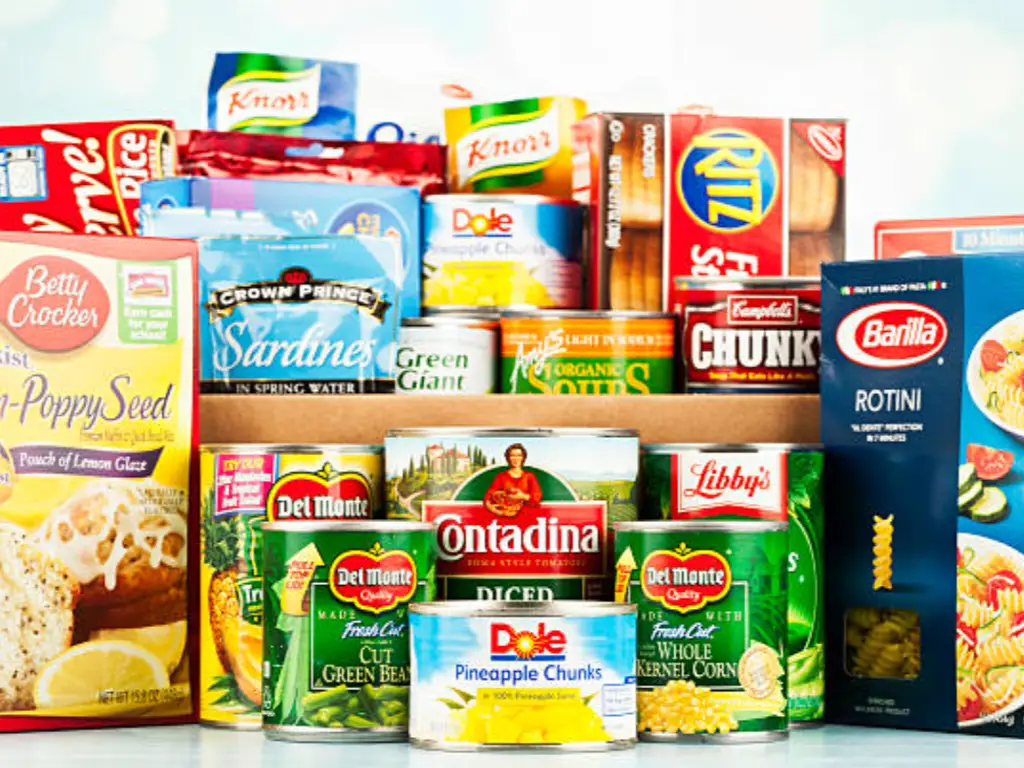
Protection and Preservation
The most important role is to offer physical shock, vibration, and compression protection during transportation and storage. Importantly, it also provides resistance to the environmental factors. Packaging solutions that help to prevent microbial growth and bacterial growth, in turn, control exposure to oxygen, moisture, and light that cause deterioration of the quality of food. Other methods, such as modified atmosphere packaging (MAP), in which the inside atmosphere is adjusted, can help greatly in increasing the shelf life of food products. This preservation value plays a critical role in the minimization of food waste and the preservation of the desired nutritional and sensory qualities of the food product.
Convenience
Packaging should ensure convenience and address the needs of today’s consumers. This function adds real value and improves the customer experience. Easy-open tabs, microwaveable containers, and resealable zippers make food preparation and eating more convenient. In addition, single-serve and pre-portioned packages help customers maintain control over portions and align with trends for on-the-go meals. Packaging that makes food products easier to transport, keep, and use encourages customers to make a purchase and reinforces positive memories of the brand.
Branding and Marketing
Because it directly interacts with consumers, packaging is considered a key marketing and communication tool, sometimes called the “quiet salesman.” A package’s design provides a brand’s identity and value proposition, including color, typography, imagery, and even the container’s shape. In a competitive retail environment, good packaging not only differentiates a product from competitors but also attracts customers and builds brand loyalty on store shelves. Effective packaging communicates a product’s market offer, from premium through economy, and even its environmental position.
Regulatory Compliance
The law requires that packaging contain certain information that must be included with your product. These include nutrition facts, the list of ingredients, allergen information, the expiration date, and traceability information such as lot numbers. Compliance with these rules, established by such organizations as the U.S. Food and Drug Administration (FDA) and the European Food Safety Authority (EFSA), is the only guarantee of food safety and the health of the population. Such a role promotes transparency, and therefore, the consumer makes an informed decision, and the manufacturer can closely monitor and make a recall in case of a safety problem.
Levels of Packaging: Primary, Secondary, Tertiary
Food packaging is not a monolithic entity but a hierarchical system composed of distinct, interdependent levels. Each layer is engineered to fulfill specific functions throughout the product’s journey, from the production line to the consumer’s hands. This tiered structure is fundamental to logistics, product integrity, and cost management. For any business, the “best option” involves understanding and integrating all three levels effectively, rather than choosing one over the others.
Primary Packaging
This level is also called the consumer or retail unit and comprises the packaging material that comes into direct contact with the different types of food products. Typical examples of this packaging level include metal cans used for vegetables, glass bottles for drinks, and flexible film pouches to pack coffee. Among the food packaging levels, primary packaging is the most critical. It is fundamental in protecting food, along with stopping undesirable mass transfer, and as a barrier to attaining the desired food shelf-life. The design of primary packaging also serves to protect the consumer from harm.
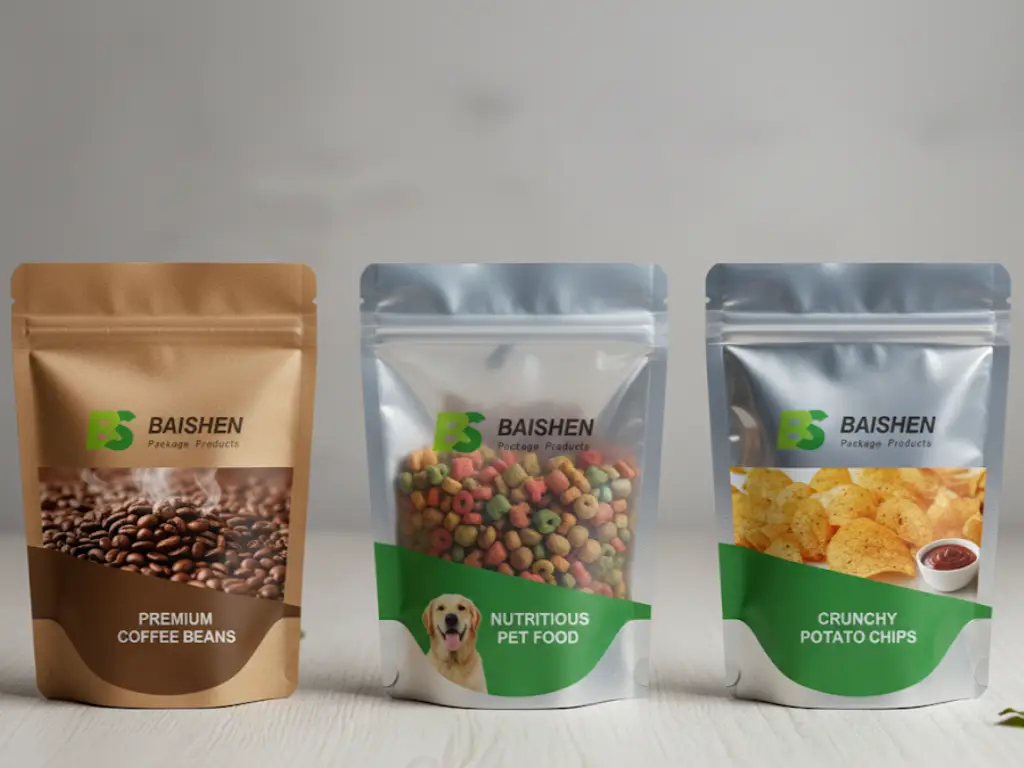
Secondary Packaging
Secondary packaging involves layering multiple primary packages to create one stock-keeping unit (SKU) for easier handling. An example is the printed paperboard case containing a number of individual yogurt cups. In addition to consolidation, secondary packaging provides extra physical protection for the primary packages during distribution and stocking. Moreover, it acts as a crucial branding element on store displays and is most often designed as a “shelf-ready” unit to aid retailers in the restocking process.
Tertiary Packaging
Commonly called transit or distribution packaging, this tier of packaging is designed for bulk handling and the secure, efficient shipment of products from the manufacturer to the distribution center. Tertiary packaging combines secondary packages into one stable load, typically on a pallet, which is then secured with stretch wrap. Its main purpose is to protect the shipment from damage during transit and to allow mechanized handling using forklifts or pallet jacks. This tier is mainly functional, and end consumers rarely see it.
Materials Used in Food Packaging: A Business Perspective
Choosing a packaging material is a very important strategic move that involves a keen scrutiny of conflicting interests such as cost, performance features, supply chain reliability, consumer feeling, and environmental influence. No one answer fits all; therefore, one must understand the unique attributes of each material and determine the best match for a given product and target market. This examination requires a balancing of the functional advantages and the trade-offs that are part of material selection.
Plastic
Unique versatility, low weight, and high durability of plastic packaging at a competitive cost have made it dominate the food industry. Polyethylene terephthalate (PET) is one of the polymers with excellent resistance against moisture and gases that are essential in extending shelf life. It is highly formable with a large selection of innovative and convenient rigid packaging and flexible packaging designs. Nevertheless, its dependence on fossil energy sources and the enormous difficulties related to recycling and the management of plastic waste can pose serious environmental and reputational threats to companies.
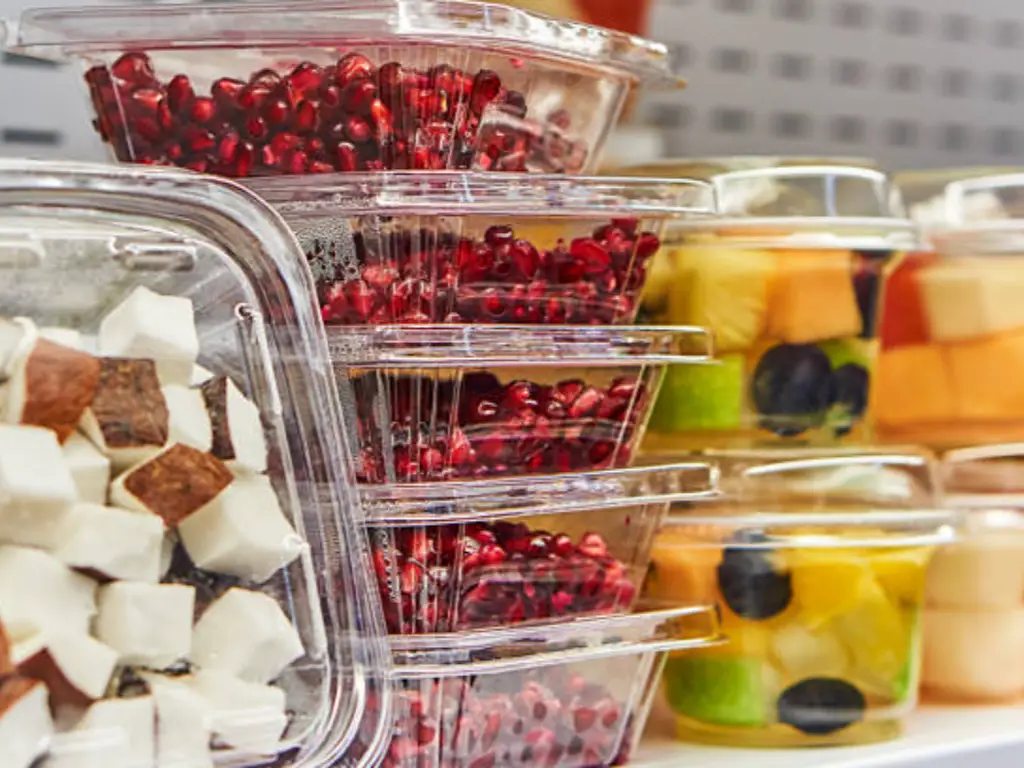
Glass
The glass packaging is appreciated because it is chemically inert, hence it does not interact with or affect the taste of the food product. Its impermeability gives a total shield to the gases and moisture, and so it is perfect in maintaining the quality of high-value or delicate products such as sauces and beverages. Glass, from a marketing perspective, gives an impression of quality and transparency. Its increased weight, which raises transportation cost and carbon emissions, and its vulnerability, which can result in loss of its products during the distribution process unless it is handled well, are the main areas of concern for businesses.
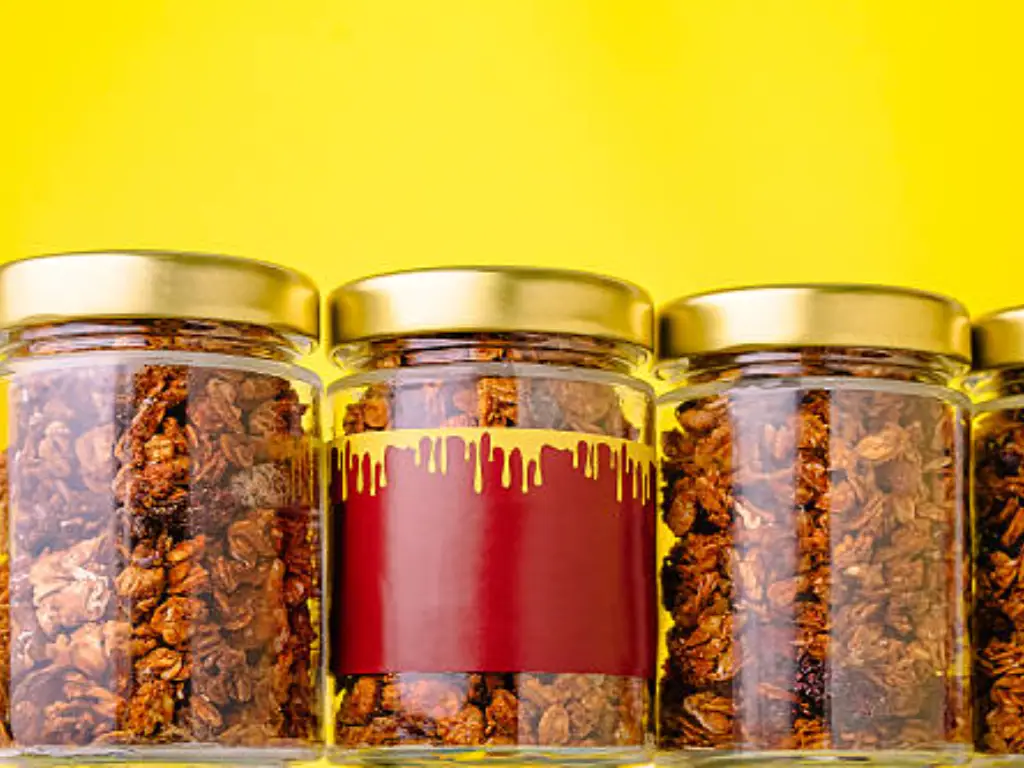
Metal
Made mainly of aluminum and steel, metal packaging offers the highest possible levels of protection against light, oxygen, and contamination, thereby affording the longest shelf lives of ambient levels of numerous food products. The two materials are very durable and have great recyclability rates in existing infrastructures, which fits in the idea of the circular economy. The comparatively high production and raw material costs, as opposed to the alternatives, are the key trade-offs to the businesses. Moreover, it is not transparent, and the consumers can not see the product physically, which has to be taken into account when designing a package.
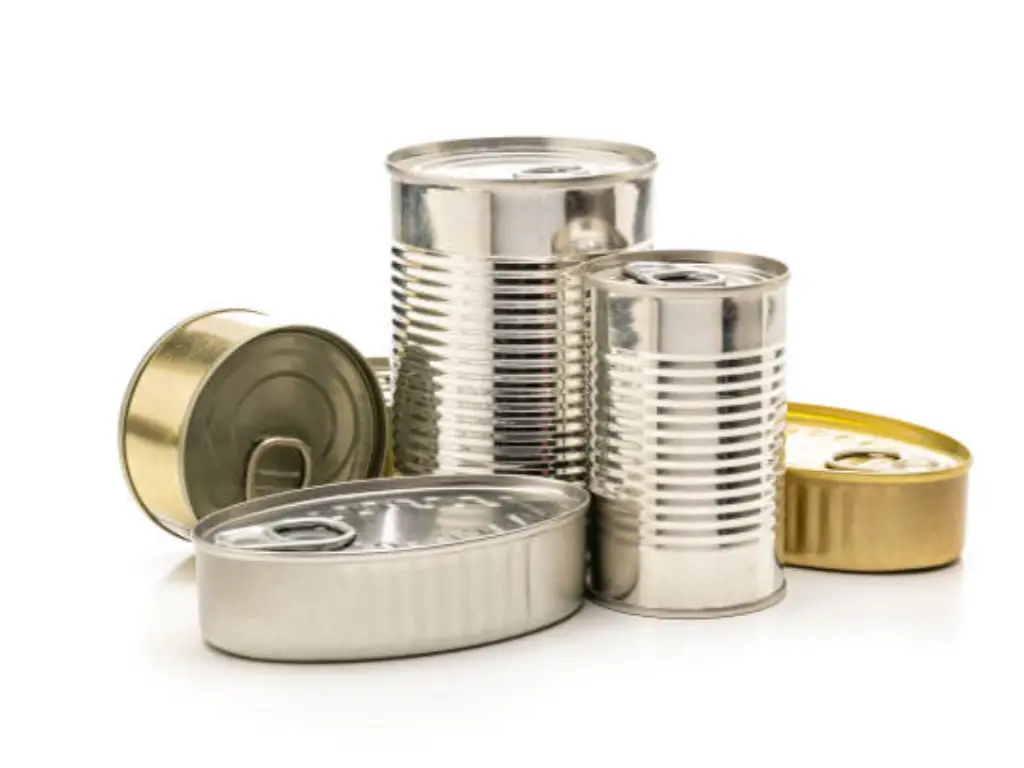
Paper and Paperboard
Paper and paperboard, which are sourced in a renewable manner, are the basis of numerous sustainable packaging strategies. The materials are lightweight, economical, and have a good printing surface to provide excellent printing and branding. They are commonly used to package secondary goods and dry goods. Yet, they are porous in nature, and add-ons, laminates, or plastic liners must be added in order to make them effective barriers against moisture and oils, making them more difficult to recycle and adding a little to the cost and complexity of production.
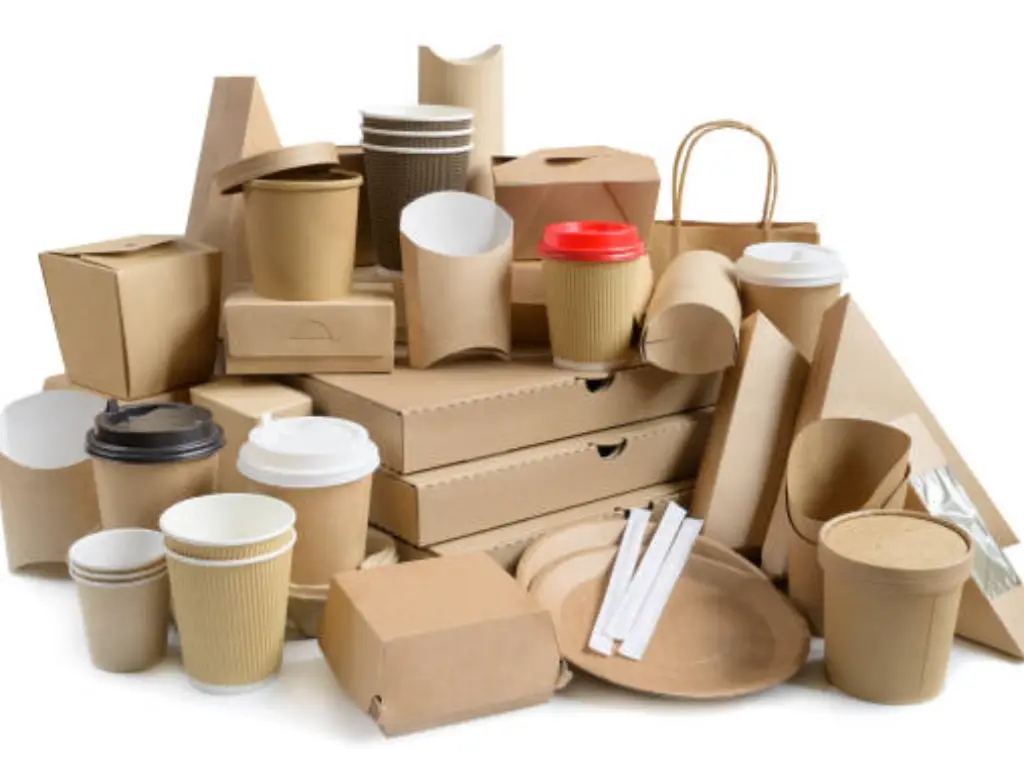
Flexible Materials
This is a fast-growing category that consists of pouches, films, and wraps, which can be made out of several layers of various types of packaging materials. The main commercial benefit of flexible packaging is that it consumes a lot less material than the rigid packets- this saves in terms of money, and less environmental impact is caused during transportation. Material science has advanced its protective properties that it is now used in a wide spectrum of products. The major challenge is that it is very problematic to separate and recycle multi-material structures using the standard streams, and end-of-life management is usually challenging.
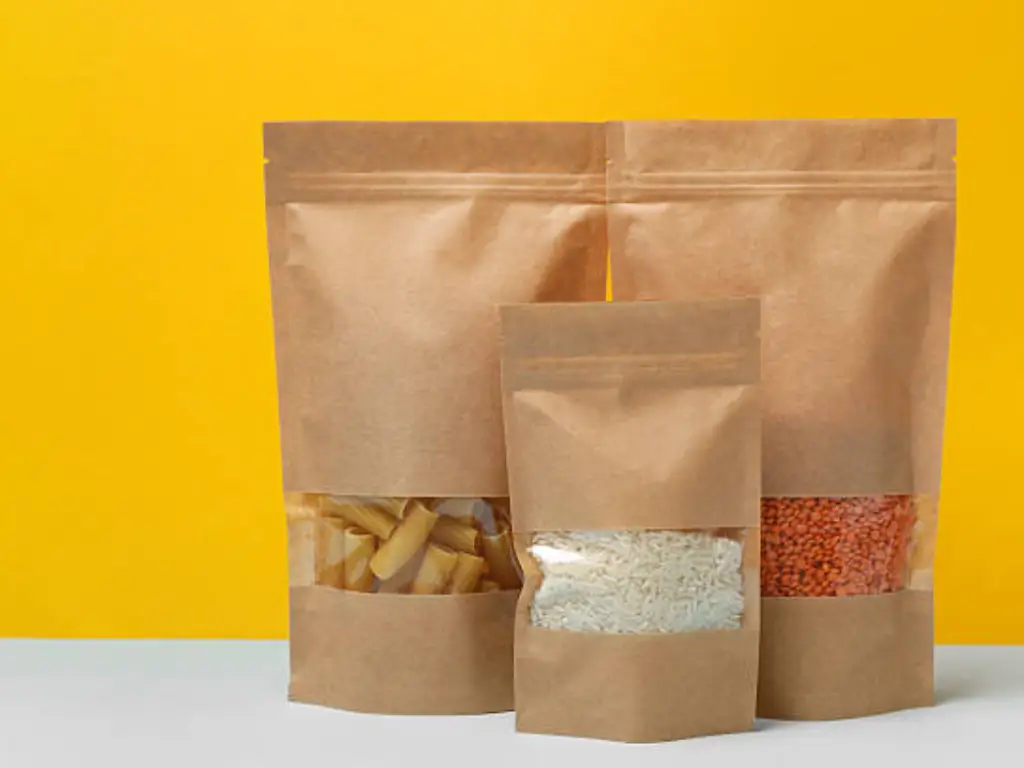
All these materials possess their own benefits and limitations, so a business needs to take into account the needs of a particular business: the type of products, the expectations of the consumer, the cost, and sustainability.
The table below outlines the main comparison dimensions of these different materials that would give the business a clear picture of the trade-offs that could be made when selecting the appropriate packaging solution for their products.
| Dimension | Plastic | Glass | Metal | Paper & Paperboard | Flexible Materials |
| Protection | Good (moisture/gas barrier) | Excellent (airtight, preserves taste) | Excellent (long shelf life) | Poor (needs additional barrier) | Medium (multiple layers needed) |
| Cost | Low | High | Medium | Low/Medium | Low |
| Transport Efficiency | High (lightweight) | Low (heavy, expensive shipping) | Medium (durable but heavy) | High (lightweight, fragile) | High (lightweight, compact) |
| Brand Perception | Mainstream, Convenient | Premium, Quality | Durable, Trustworthy | Eco-friendly, Natural | Modern, Innovative |
| Design Flexibility | High (moldable) | Low (fragile) | Medium (rigid) | High (great for printing) | High (adaptable shapes) |
| Sustainability | Low (recycling challenges) | High (recyclable but energy-heavy) | High (recyclable, energy-efficient) | Moderate (recyclable but complex) | Moderate (multi-material issues) |
| Best-Fit Products | Snacks, drinks, dairy, frozen | Premium products, beverages | Canned goods, long shelf-life | Dry goods, eco-friendly packaging | Snacks, ready-to-eat meals |
Partner with Baishen Pack for Smarter, Sustainable Packaging
Baishen Pack has been a reliable custom flexible packaging manufacturer for more than ten years, and as food brands increasingly want high-performing, sustainable, and beautifully designed packaging, Baishen Pack is a trusted industry partner.
- ● We have high-barrier multilayer structures that are designed to protect freshness and extend shelf life, and an array of functional features like resealable zippers, spouts, tear notches, handles, and transparent windows.
- ● We can meet the global standards of fast supply and excellent print quality thanks to our full in-house production with HP Indigo digital printing and our ability to accommodate low MOQ requirements.
- ● We offer packaging alternatives that fit within the parameters of recyclable, compostable, and bio-based materials, thereby assisting brands in achieving their goals in both performance and sustainability.
- ● Baishen Pack enables businesses, within the realm of snacks, coffee, pet food, supplements, etc, to precision pack to elevate their products to new heights.
Reach out to Baishen Pack to develop packaging that protects, performs, and sells.
The Impact of Food Packaging on Brand Image and Consumer Loyalty
The packaging design has an important psychological influence on consumer perceptions and decision-making. Package design is often the very first touchpoint of the product, making it a key opportunity in brand differentiation. An effective package can demonstrate the brand value, stir feelings and thoughts, and establish bonds with customers. For example, luxury products may use expensive packaging materials, such as metal and glass, to demonstrate value and exclusivity, while environmentally friendly brands may use simple and minimal packaging to align with eco-conscious customers.
The elements of product packaging, such as colors, shapes, and logos, can affect consumer behavior. Younger people tend to like brighter colors, while eco-sensitive consumers may prefer earthy colors. The packaging can create perceptions of varying degrees of quality and value, and this can be critical in a highly competitive environment. Creative and practical designs can help in a highly saturated market.
In addition to this, packaging that is pleasant to the eye and functional in opening or preserving freshness can create a remarkable customer experience by providing essential product information. This, in turn, will create a high rate of repeat purchases. Everyone is looking for packaging that will preserve the product and bring a pleasant experience, with the packaging communicating strongly to the customer.
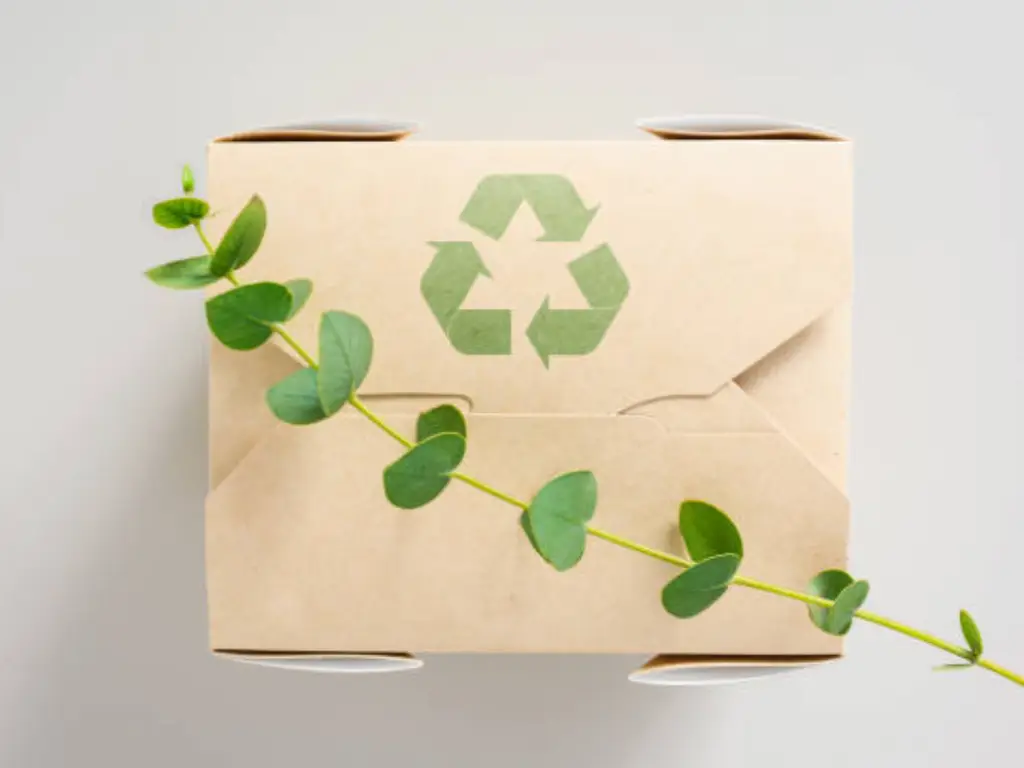
Emerging Trends in Food Packaging: The Future of the Industry
There are fundamental changes to the food packaging industry due to the developments of new technologies, different socio-economic priorities, and changing government policies that impact human health. Companies must adapt to capture and maintain changing client tastes. These changes may appear disjointed, but the food packaging industry is in a fundamental shift toward smarter, more sustainable, and more user-focused packaging.
Sustainability in Food Packaging
The innovation of edible films, which can be eaten alongside the food they wrap, pack, and reinforce the sustainability thrust in the food packaging industry, to lower the environmental footprint. Environmentally friendly, plant-based, as well as renewable-resource-based plastics are coming to replace traditional petroleum-based plastics. More sophisticated chemical recycling technologies designed to decouple complex waste plastics to their original monomers allow for reuse and landfill waste reduction. Such cutting-edge technologies advance the industry towards functional waste and packaging waste integration in packaging.
Smart Packaging
Smart Packaging combines cutting-edge technology with packaging to augment functionality value and enhance food quality and user experience. There are active packaging systems like oxygen scavengers, antimicrobial agents, and active preservative systems that keep products fresh and safe for longer. Intelligent packaging incorporates QR codes and NFC technology for quick access to product info, nutrition facts, and discounts. Certain smart packages even have sensors that monitor temperature alterations and spoilage, safeguarding the consumer. This offers value to the consumer and helps the businesses keep track of the product’s condition during transport and storage.
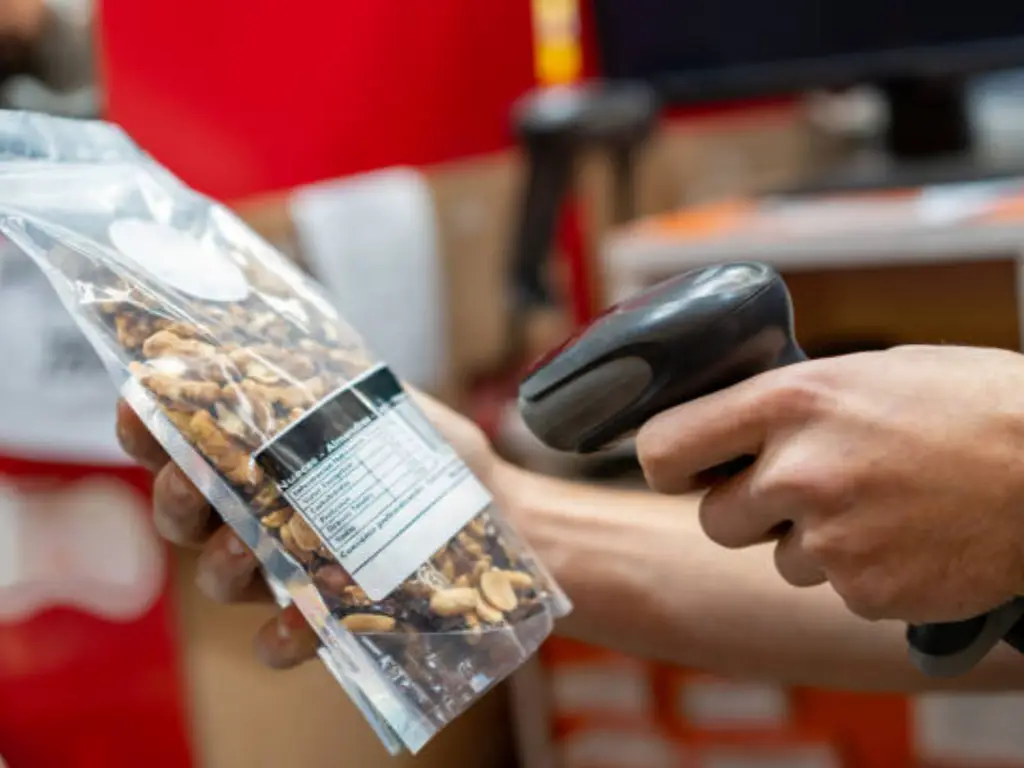
Minimalist Packaging Design
Minimalist packaging design follows the philosophy of “less is more,” focusing on simplicity and clarity. It emphasizes clean aesthetics, using minimal graphics and simple typography to convey essential information. This style promotes transparency, which resonates with consumers seeking authentic, no-frills branding. By eliminating excess elements, minimalist packaging also reduces material use, supporting sustainability goals. Consumers appreciate the straightforward approach, associating it with honesty and environmental responsibility. As more brands adopt this style, it helps build trust, especially among those who prefer simplicity over cluttered, over-designed packaging.
Packaging Personalization
Advancements in digital printing technologies make packaging personalization more prevalent. This makes it possible for brands to design unique, personalized packaging on a mass scale. Businesses can create specially targeted, captivating marketing campaigns, designing one-of-a-kind targeted advertisements to match ‘region design’ products and ‘limited edition’ products to match seasonal consumer expectations. Adding a name, a personalized note, or an artwork to a package boosts consumer engagement, making it feel more personal. This trend builds emotional attachment and increases brand loyalty. Customized packages hold more advertising power; products can be tailored to a customer’s taste and provide a unique experience.
Conclusion
Food packaging is an amazing and requisite science. It is a strategic lever to a business that is one way of directly affecting the quality of products, brand perception, operational performance, and legal compliance. The issue of viewing packaging as an expense of doing business is no longer enough. Rather, it should be treated as an investment, a part and parcel of the product. Knowing its fundamental roles, materials, and changing environment and technological base, companies can use the energy of packaging to secure their products, attract customers, and establish a robust, sustainable brand in the future.
